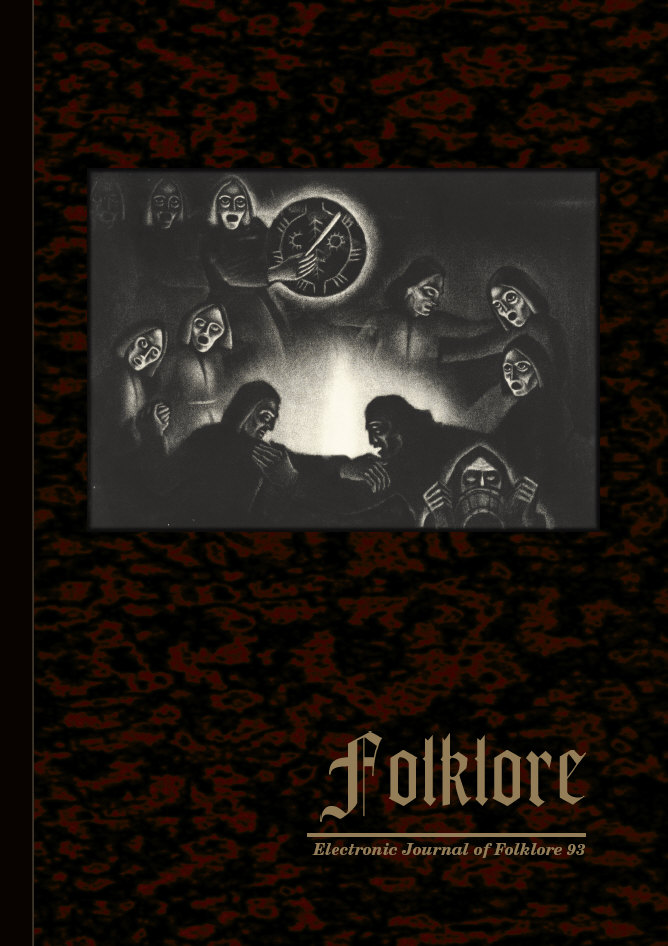The Bowed Lyre of Estonia’s Swedes: Origin, Diffusion, Decline, Revival
The Bowed Lyre of Estonia’s Swedes: Origin, Diffusion, Decline, Revival
Author(s): Ain HaasSubject(s): Customs / Folklore, Cultural Anthropology / Ethnology, Culture and social structure
Published by: Eesti Kirjandusmuuseum
Keywords: bowed lyre; bowed harp; bowed lute; Swedes in Estonia; Baltic string instruments;
Summary/Abstract: Once played across Northern Europe in the Middle Ages, as early as the Viking Era, the bowed lyre has survived in an unbroken tradition in the Baltic region. The traditional playing method uses a loosely strung bow to stroke drone and melody strings simultaneously, while pressing the latter with knuckles or fingernails through a handhole. Iconographic, archeological, and ethnographic evidence points to the likely derivation of the bowed lyre from the bowed lute of Moorish Iberia or the Byzantine Empire. After a long decline in popularity, revivals occurred in Sweden (1970s), Finland (1980s), and Estonia (1990s). Focusing on the last case, the analysis shows how international contacts led to the bowed lyre’s emergence and diffusion, as well as to its decline and revival. Traditional designs, tuning schemes, playing styles, and repertoire are still preserved today, though the social function, lore transmission, and performance settings of the bowed lyre have changed.
Journal: Folklore: Electronic Journal of Folklore
- Issue Year: 2024
- Issue No: 93
- Page Range: 105-142
- Page Count: 38
- Language: English

